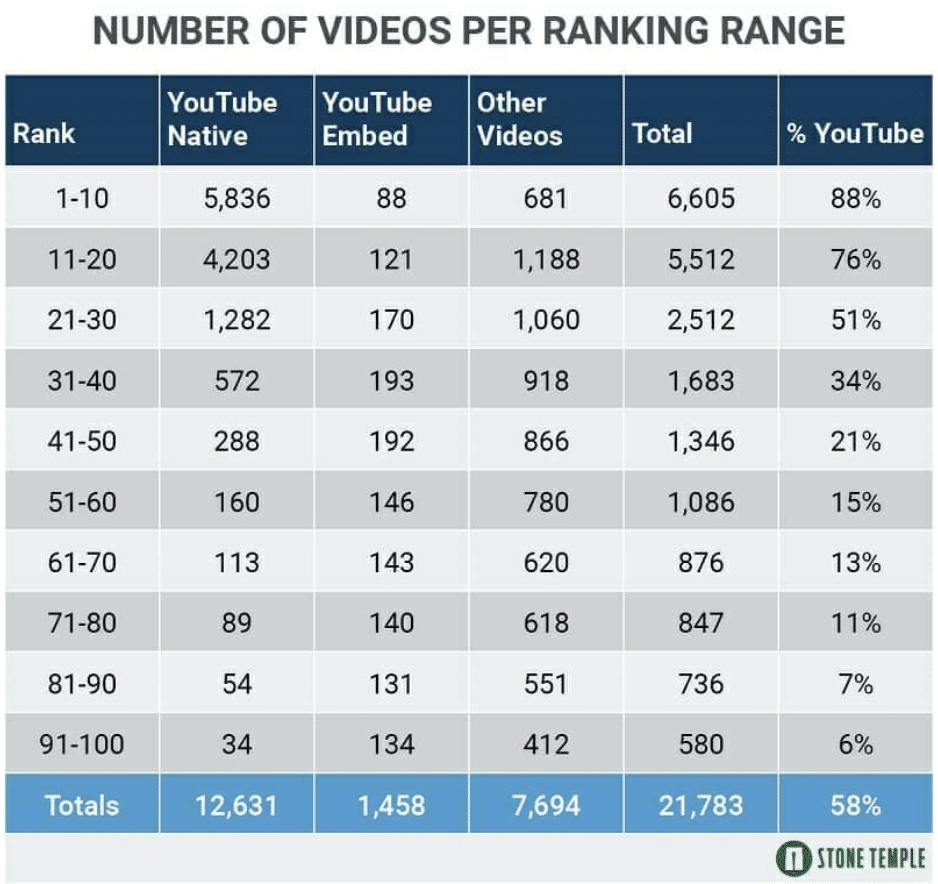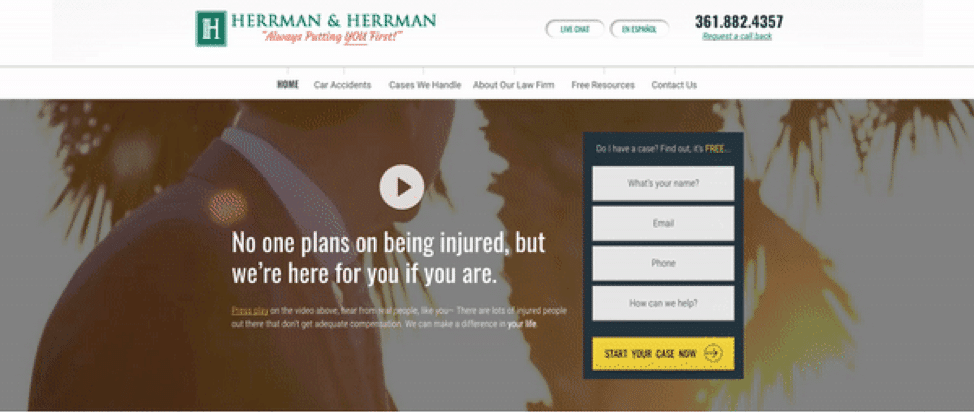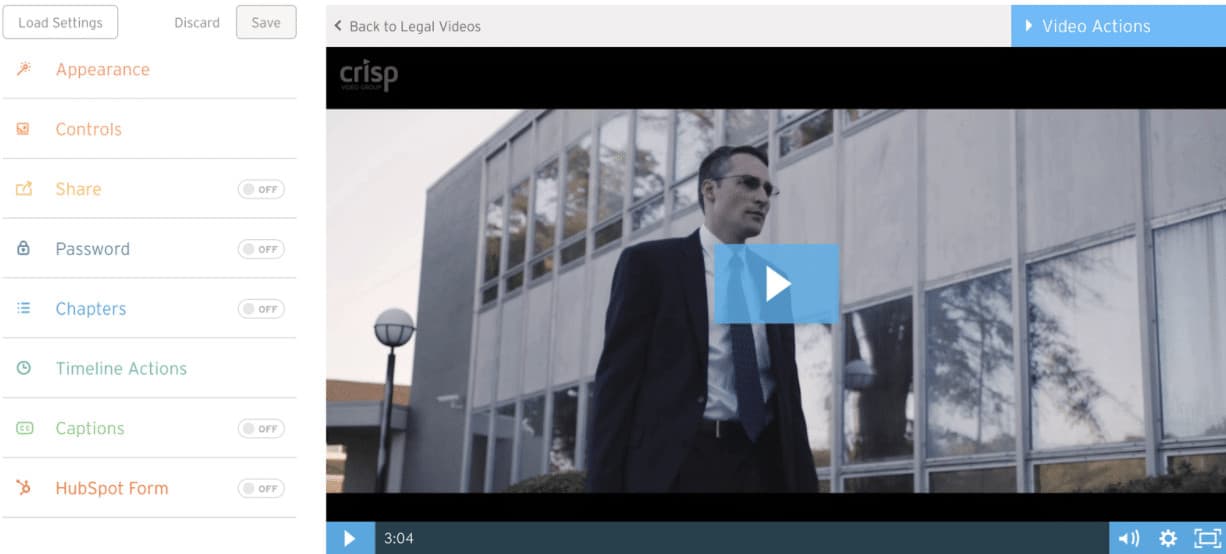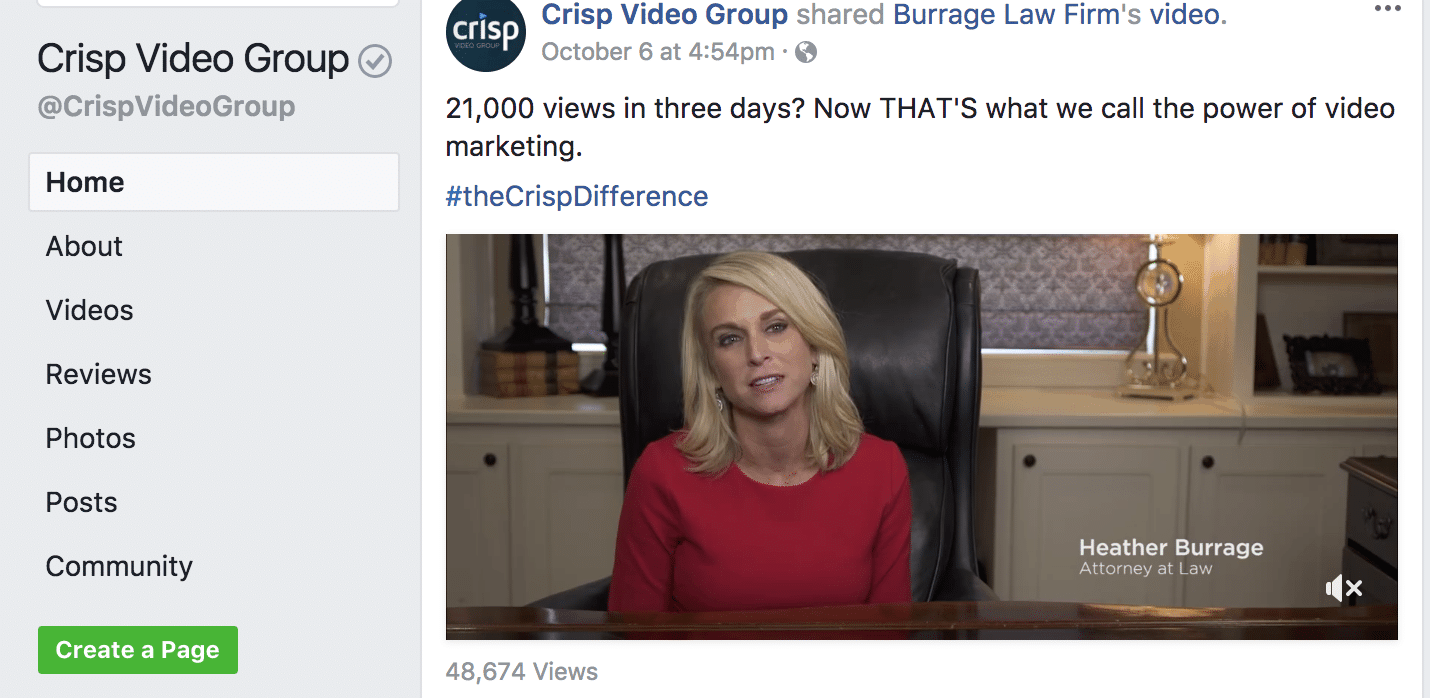How Do You Create a Successful Video Marketing Strategy?
A successful video marketing strategy relies on a number of variables: the quality of the video, the target persona, the story you’re trying to tell, and your distribution strategy.
Video has been shown time and time again to drive massive results to online marketing campaigns, is a proven strategy to enhance your brand, and can establish a direct connection with potential clients. Here are a few of the more surprising statistics about video:
- Businesses that use video in their content strategy see 41% more organic traffic than those who don’t
- 90% of users say videos are helpful in the decision-making process
- Videos can boost landing page conversions by 80%
To get our best guidance on defining your unique value proposition, communicating it through engaging video, and getting the most out of your brand video all in one comprehensive resource, check out The Game Changing Attorney. This is a book you’ll want to keep on your shelf to pull out every step of the way.
Many video marketers mistakenly assume that maintaining only one video hosting platform, like YouTube, is sufficient. But if you use a “one or the other” approach to video marketing, you’re putting yourself at risk of losing potential engagement, which ultimately reduces the number of clients you can reach through your video content.
We recommend taking a three-pronged approach to your video distribution strategy, which includes distributing your video content on:
- YouTube
- A video hosting platform (we’ll be discussing Wistia, but there are many hosting alternatives, like VidYard)
Each platform complements the other, which maximizes reach and drives engagement to your website and your brand.
1. YouTube
With more than a billion active users, YouTube is considered the world’s second largest search engine. While YouTube’s popularity has never been doubted, what many people don’t realize is that the platform is so powerful that YouTube-hosted videos have begun securing top-rated Google search results in place of standard website links.
As the internet’s thirst for video increases, Google is responding by increasing query diversity, or the variety of search result categories that show up in an index. This means you’re more likely to see a variety of videos in your search results rather than only website links. To put this in perspective, YouTube videos often rank in the top ten search listings on a Google search – even if they’re not the top rated video for the same search on the video platform.

These preferential rankings don’t necessarily apply to self-hosted videos or videos hosted on alternative platforms. Google’s algorithm has shown to give higher priority to YouTube content than self-hosted content, which is why YouTube is a necessary component to a high-performing SEO strategy.
Google does own YouTube, so while some may cry nepotism, these preferential rankings are due more in part to YouTube’s site structure. YouTube’s clear, easy-to-understand site design lends itself to an SEO boost and allows you the opportunity to take advantage of the site by maximizing your own videos’ SEO potential.
The basic rule of thumb for YouTube is to never upload a video without creating tags, titles, and descriptions. This allows your video to be found in search results and will generate more traffic than if you had created a title without any additional information.
While a single video can direct an influx of traffic to your website, consistent content is the best way to generate proven SEO results and increase success. It’s recommended to post a video every other week (or twice a month) with content that’s directly related to the search terms your client is looking for. This can be completed through SEO and keyword research, and over time your video campaign will drive more site traffic and higher conversion rates.

The best way to monitor a YouTube campaign once it’s been initiated is to analyze and optimize your search traffic results on YouTube. Initial keyword research is a fundamental step in your video campaign, but it’s just as important to monitor your search traffic after your campaign launches to see which videos are showing up in searches. This will allow you to decide which videos are most and least successful, and could potentially lead to a pivot in your video marketing strategy.
Ultimately, YouTube is the place to go for video content. But, if you don’t optimize your YouTube videos to show up in searches, you’re missing out on huge amounts of traffic and potential conversions. It’s imperative that you follow the best practices we’ve outlined if you want to see real traction in your online campaign.
2. Wistia
Wistia is a video hosting platform that offers rich customization and analytics on your video marketing efforts. As video becomes more prevalent, it’s becoming more important to measure beyond the view count. Your view count only gives you a surface level view of how your video is performing, and Wistia allows you to gain insight into engagement metrics, watch-time analysis, and viewership trends that will show you both the demographic and geographic characteristics of your audience.
This data allows you to determine which video content is most relevant to your audience (and what isn’t) and use those insights to tailor future video marketing efforts.
For example, if you embed a video on your website homepage, and data indicates the majority of your audience drops off after the 60-second mark, you may consider re-editing the video so you’re able to provide the information they need in 60 seconds or less.

Wistia is a powerful hosting platform that offers integrations to most CRM platforms, Google Analytics, and more. This allows you to not only collect data on your audience but connect that information to your CRM so you can follow up with them after watching and boost your chances of converting them.
There are a number of features that allow you to connect with leads, including CTA embeds, email turnstiles, and embedded site links. Wistia also provides a variety of embed code styles so you can include your video content on your site, in your blogs, social posts, emails, and more.

We use Wistia at Crisp for the vast majority of the videos embedded on our site, but here are a few video hosting alternatives if you’re exploring other options:
3. Facebook
If YouTube and Wistia offer SEO benefits and rich data analytics, Facebook is the final component of our three-pronged approach to round out your video marketing strategy. Facebook provides a necessary social aspect to your online presence and has the potential to drive engagement and boost site traffic.
Video content shared on social networks generates 1200% more shares than text or images combined, and videos on Facebook receive a total 8 billion views per day – that’s an average of 100 million hours of video, every single day.
While it may seem obvious to share your video to Facebook, there is an important distinction between sharing a Youtube link on your firm’s Facebook page versus uploading it natively.
Videos that are uploaded natively to Facebook achieve 10x higher reach than shared links, and Facebook’s algorithm rewards native videos because they’re trying to carve out their own space in the video industry.

Another important benefit of native uploads? Native Facebook videos will autoplay, so potential clients don’t even have to click “play” to watch your video – it will play automatically as they scroll past it. This benefit doesn’t apply to shared links from other hosting platforms.
Facebook videos are proven to have more social engagement than their counterparts on Youtube, and the massive amount of data Facebook has on its 1.2 billion users allows you to develop targeted advertising campaigns towards your ideal client persona.
This means that you can guarantee your video will show up in front of people who have visited your website, opened your emails, or engaged with past social media posts – thereby increasing your chance that they’ll come back as a client!
Google cannot crawl Facebook content, meaning your Facebook video probably won’t show up in the search index. That’s where your YouTube videos will take over, so you’re able to maximize reach through both social and search platforms.
After uploading your video to Facebook, pin the post to the top of your company page so it’s the first thing people see when they navigate to the firm’s profile. 85% of people on Facebook watch videos without audio, so ensure that you’ve included accurate captions for people who may be either watching the video without sound or have hearing difficulties.
The Video Marketing Trifecta
Each of the aforementioned video distribution strategies offer a unique advantage to your video marketing efforts. Relying entirely on one distribution channel will not maximize your reach or engagement, especially with the constant evolution of search algorithms across Google and other social channels.
To truly maximize your investment and obtain the best results, we recommend incorporating all three channels into your distribution strategy. This will ensure you’re doing everything possible to get your video content in front of the right people, allows you to repurpose your content, and could lead to an increase in site traffic and client conversions.
It’s also important to note that your distribution channel should just be one part of a much larger video marketing strategy. If you’re interested in learning about all the ways you can leverage legal video to grow your law firm, click here.
To get our best guidance on defining your unique value proposition, communicating it through engaging video, and getting the most out of your brand video all in one comprehensive resource, check out The Game Changing Attorney. This is a book you’ll want to keep on your shelf to pull out every step of the way.








